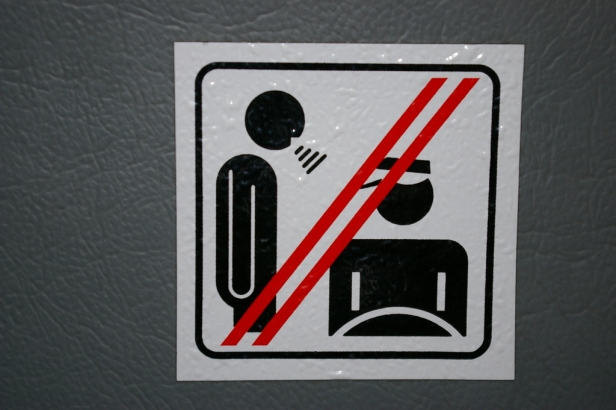As the Gulf Coast oil disaster shows, America has a failed national energy policy. We need a new clean energy policy to break our addiction to oil, enhance our national security, limit carbon pollution and lead us to clean American energy. Last June, the House passed a comprehensive clean energy and climate bill. But so far the Senate has dragged its feet in enacting legislation.
Please join us in calling on President Obama to work with the US Senate to form a comprehensive clean energy and climate bill that can be passed and signed this year.
Because every day we delay,
The United States imports 11.7 million barrels of oil. According to the American Petroleum Institute, the U.S. imported an average of 11.7 million barrels per day of crude and other oil products in 2009.
Iran earns $173 million in oil revenues. The Economist Intelligence Unit forecasts that Iran will generate oil export revenue at $63.4 billion this year from output of 3.82 million barrels per day (bpd). $63.4 billion divided by 365 days is $173.7 million.
Up to 4 million gallons of oil surges into the Gulf. The official estimate is that about 5,000 barrels of oil are spilling per day, but independent experts contend that the actual amount is far higher – as much as 95,000 barrels per day. A barrel holds 42 gallons.
China invests $95 million in clean energy – nearly double the United States investment ($51 million.) In 2009, China invested $34.6 billion in clean energy compared to $18.6 billion in the U.S. ($34.6 billion/365 = $95 million a day, $18.6 billion/365 = $51 million a day.)
100,000 solar panels roll off Chinese production lines. Solar module production in China and Taiwan will increase 48 percent to 5,515 megawatts in 2010, according to a February, 2010 report by Yuanta. One megawatt requires about 5,000 panels. Assuming 250 production days per year, this translates to 110,300 panels per day.
The United States generates 19 million tons (metric) of greenhouse gas emissions. EPA’s most recent greenhouse gas inventory reports that the U.S. produced 6,956.8 million metric tons of greenhouse gas emissions (CO2 equivalent basis) in 2008. That’s 19,059,726 metric tons of greenhouse gas emissions each day.
But, by passing clean energy and climate legislation, Congress could:
Create 1.9 million clean energy jobs here in the US. A strong clean energy and climate bill with would stimulate clean energy manufacturing here in the US. A bill with strong energy efficiency incentives would create a net of 1.9 million jobs, according to in-depth modeling built on collaborative University of Illinois, Yale University and the University of California.
Increase household income by up to $1,175 per year and boost GDP by up to $111 billion. The same study found that a bill would boost US GDP by as much as $111 billion and increase average annual household income by $1,175 per year.
Cut US oil imports in half. Clean energy and climate legislation would drive investments in more fuel-efficient cars and trucks as well as alternatives to imported oil, cutting our current oil import level in half.
Cut Iran’s oil revenues by $100 million. A strong limit on carbon pollution could significantly cut the flow of petrodollars to Iran’s hostile regime. Based on an economic analysis by the Massachusetts Institute of Technology of a carbon cap that reduces global warming pollution by 80 percent by 2050, Iran would lose approximately $1.8 trillion worth of oil revenues over the next forty years — over $100 million a day.
Strategically position the US to lead a $13 trillion global clean-energy market. The clean energy industry offers significant growth opportunities for American businesses. Under a global policy aimed at keeping carbon concentrations below 450ppm, clean energy investments are forecast to exceed $13 trillion over the next two decades. A strong climate bill in the US would trigger investments that pay for themselves in lower energy costs and help establish global markets that would directly benefit US manufacturers of cleaner cars, cleaner fuels, and cleaner power (see table below) and companies involved in improving industrial, power plant, and building efficiency.
Cut dangerous global warming pollution by 20% by 2020 and 80% by 2050. A strong clean energy and climate bill would cut global warming pollution by 20% below 2005 levels by 2020 and 80% percent by 2050.
If not now, when?
This post originally appeared my Switchboard blog.


